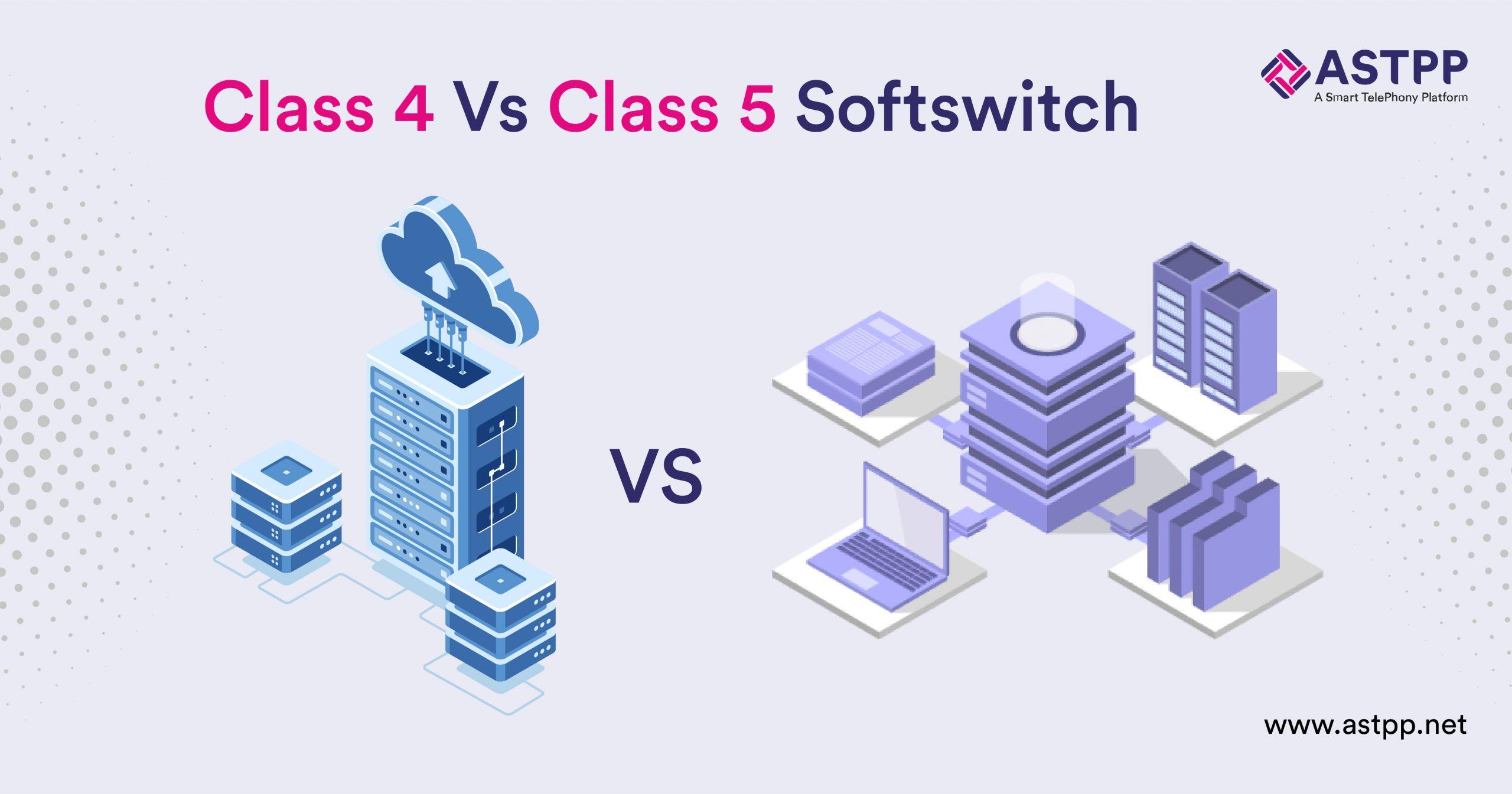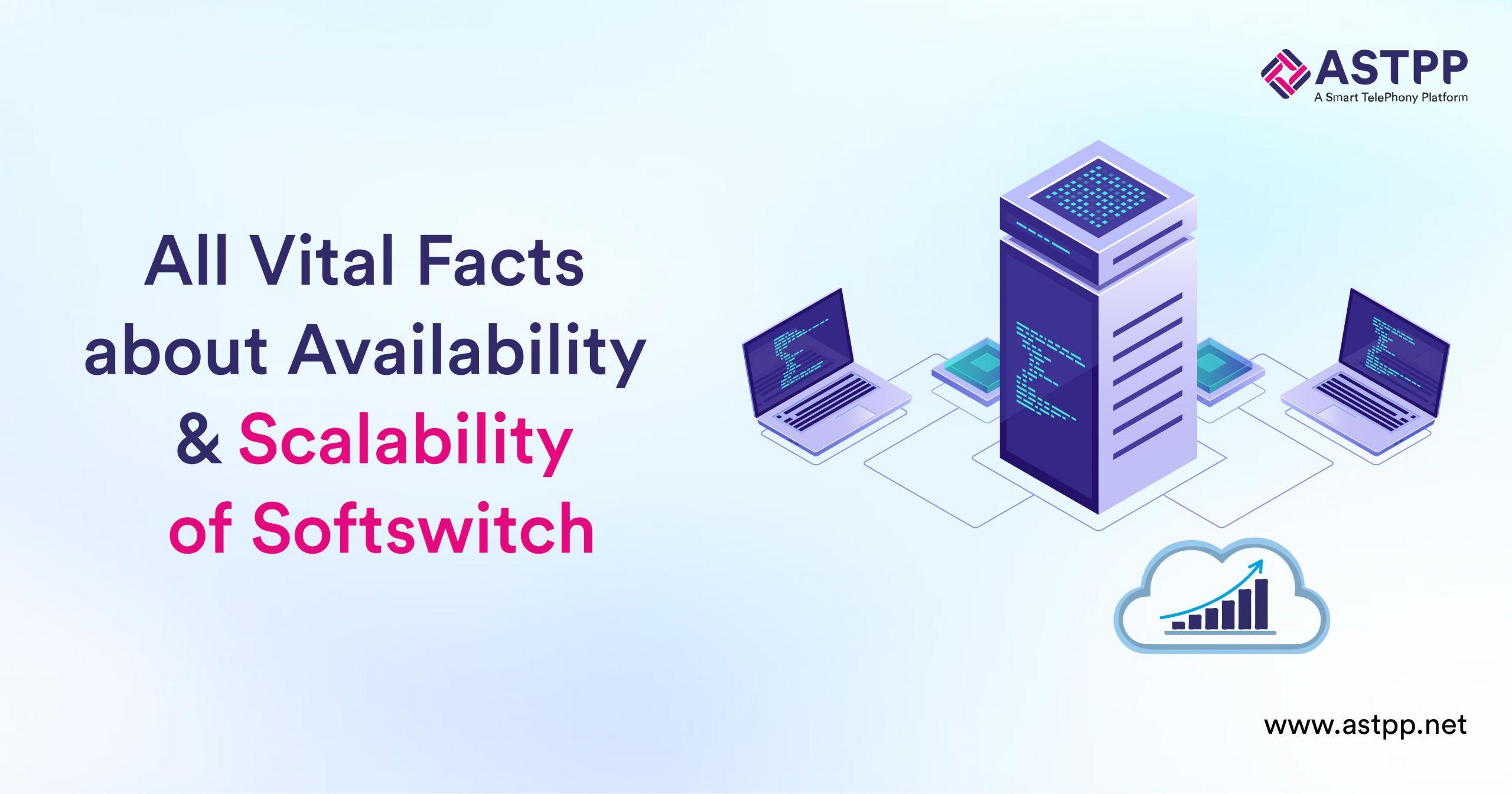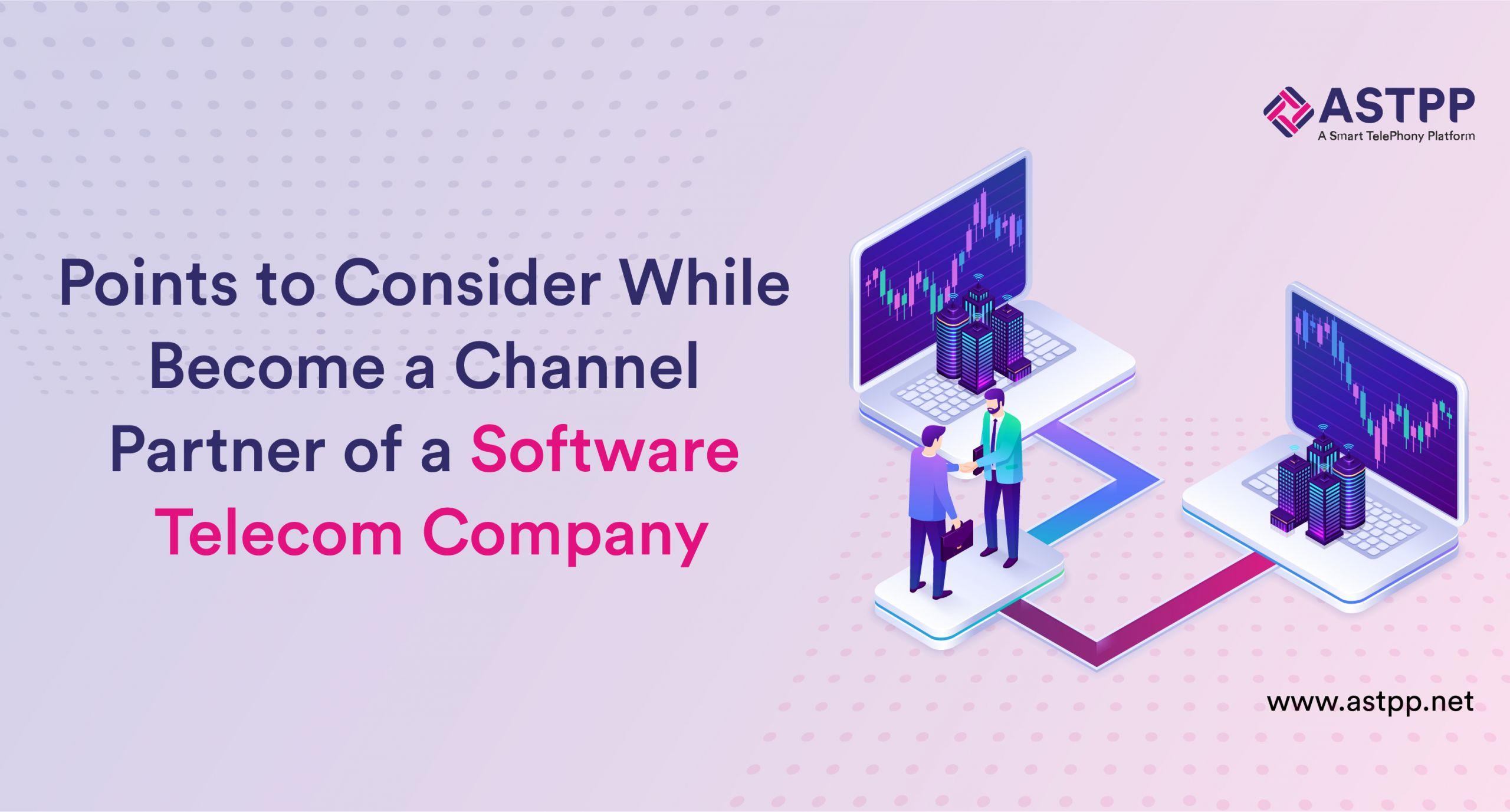Difference Between Class 4 and Class 5 Softswitch
VoIP has made communication cheap and seamless for end users and businesses. There are so many amazing IP telephony solutions that make our life easier. The class 4 Softswitch and class 5 Softswitch are the two most popular VoIP solutions that are widely used.
In general, this VoIP software is called a VoIP Softswitch solution, which transforms the manual process of switching a call by an operator using a switchboard into the automated one. Two words, Software and Switchboard, make up the Softswitch. It is a focal point of an IP telephony network in any VoIP business as it centralizes the process of routing calls to reach the destination. The VoIP Softswitch can route the call to a public network or a private network depending on the requirement of the call.
How does a VoIP Softswitch work?
Usually, a VoIP Softswitch solution gets connected with a media gateway controller, media gateway, signaling gateway, TDM circuit, and IP lines to provide a complete network of call routing. It can route SIP to SIP or SIP to VoIP calls and vice versa.
This VoIP solution does not restrict communication services only between VoIP devices or SIP numbers. It can, in fact, enable PSTN to VoIP calling as well.
The best VoIP development companies develop the most advanced, robust, feature rich, secured, and scalable VoIP Softswitch software solutions. Depending on the functional model, features, and multiple other factors, we can divide this solution into three different categories.
- Class 4 Softswitch
- Class 5 Softswitch and
- Hybrid Softswitch
There are also less known solutions available, which are class 1 to class 3 Softswitch solutions.
As the class 4 Softswitch software and class 5 Softswitch software are directly referred to and are the most popular ones, let’s compare these two major VoIP Softswitch solutions.
[wptb id=26542]If you are interested in any of these VoIP Softswitch solutions,





